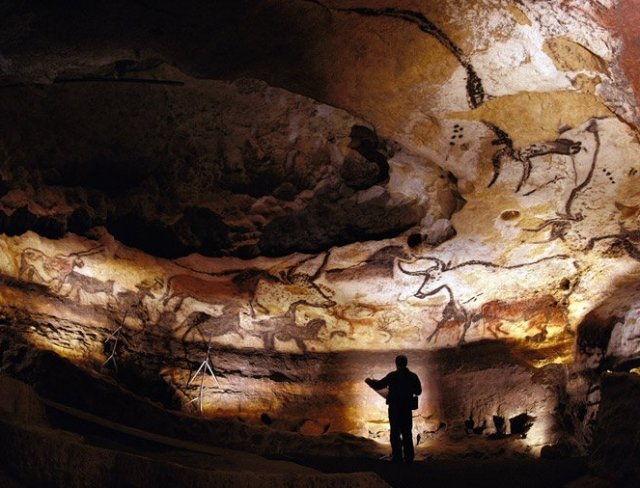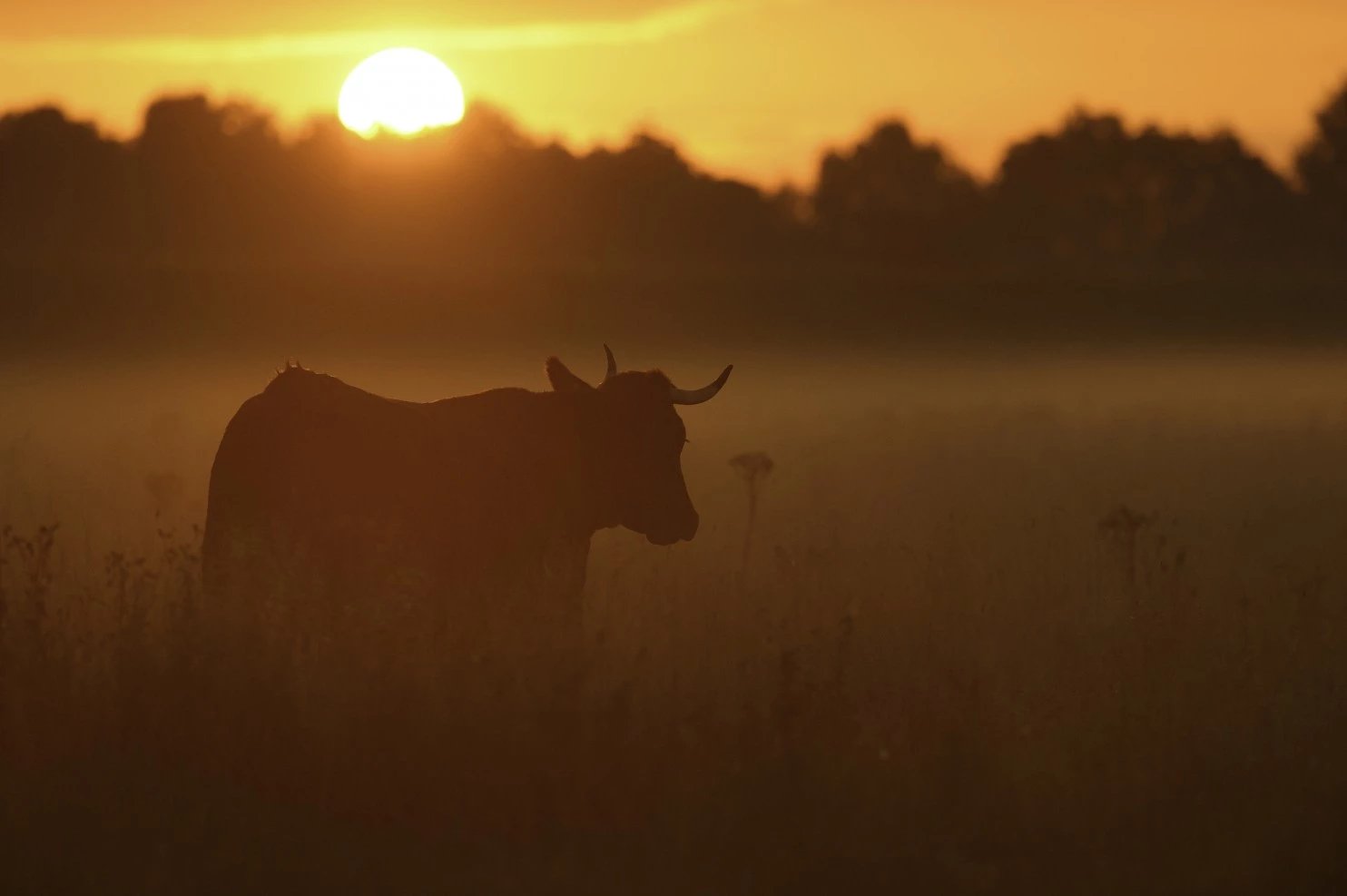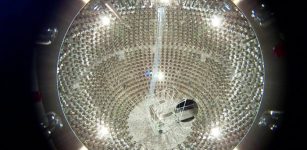We Should Resurrect Ancient Aurochs – Scientists Say
MessageToEagle.com – It is not the first time scientists have expressed a desire to resurrect extinct species. On previous occasions scientists said they wanted to sequence the genes of the Neanderthal man and bring back the dinosaurs.
Now, the Taurus Program, a partnership of ecologists, geneticists, historians and cattle breeders backed by Stichting Taurus, a Dutch nonprofit, is seeking to re-create the aurochs by crossbreeding modern cattle in a process known as back breeding.
The aurochs are extinct bulls visible on ancient cave paintings in Lascaux, France dating back 17,000 years ago. Aurochs once ranged across Europe and much of Asia. The last remaining aurochs died in 1627, in Poland, according to the International Union for Conservation of Nature and Natural Resources’ Red List of Threatened Species. Although the aurochs have disappeared, their genes are still present in modern cattle, and scientists have been trying to bring them back to life.
According to experts laboratory-based genetic engineering is not required to bring the ancient animal back.
“What’s kind of surprised me is the low-hanging fruit that’s quite easy to get at,” said Ronald Goderie, an ecologist who directs the Taurus project and is co-author of the book ‘The Aurochs: Born to Be Wild.”

“What you see already in the second generation is that the coloration of the animal is very aurochs-like. The bulls are black and have an eel stripe [along the spine]. They’re already higher on the legs. What’s more complicated is the size and shape of the horns. I would say that in some cases you can see an individual animal is 75 percent of where we need to get at. . . . We think in six, seven generations we will get a stabilized group of Taurus cattle. That will take us another seven to 10 years.”
See also:
Should Scientists Resurrect Dinosaurs, The Neanderthal Man And Other Extinct Species?
Brilliant Prehistoric Cave Paintings Of Lascaux – Who Were Their Unknown Creators?
Grotte de Rouffignac – Cave Of A Hundred Mammoths
Not everyone thinks this is a good idea though. The case for re-wilding parts of Europe and re-creating the aurochs can result in that large tracts are ecologically out of balance. The acreage, much of it former farmland, has become inhospitable to many species of birds, insects, small mammals and predators that evolved in the presence of big animals that compacted and enriched soil while grazing on grass.
The case against both re-wilding and making aurochs is that too little is known about how all of these species would interact with each other. The results of releasing aurochs might be difficult to predict, skeptics say.

Manuel Lerdau, a University of Virginia ecologist thinks that we cannot just introduce aurochs and hope for the best may not be enough. If we want the animal to survive we need to prepare it for survival in its new environment or it might only become extinct again.
This is not the first attempt to re-create aurochs. In the 1920s, biologists Heinz and Lutz Heck, two brothers, began crossing domestic breeds of cattle at German zoos in a somewhat similar effort. Heck cattle have been used in some European re-wilding projects, but the results have been mixed.
MessageToEagle.com
Expand for references









